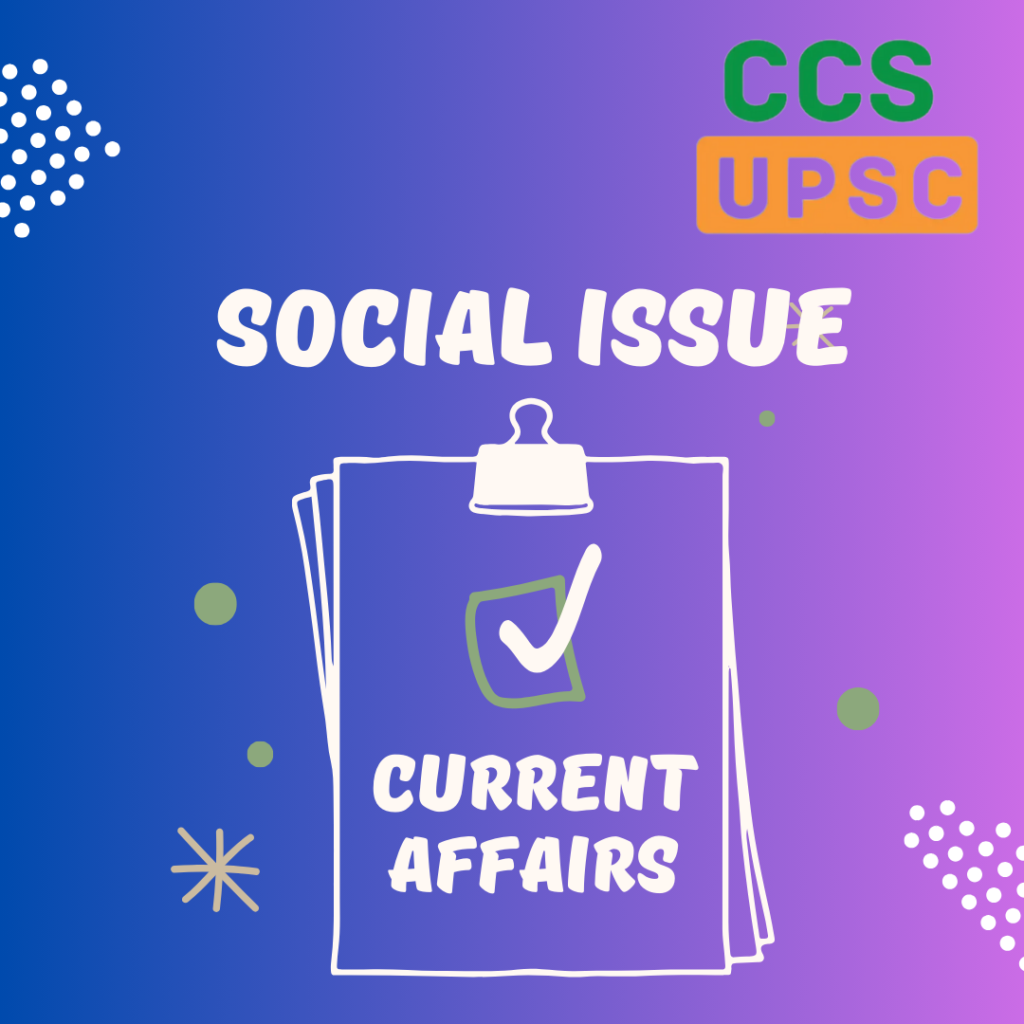Context
∙ A recent study highlights the marginalization of ASHA workers for being Overworked and Underpaid.
Who are ASHA workers?
∙ ASHA workers are volunteers from within the community who are trained to provide information and aid people in accessing benefits of various healthcare schemes of the government.
∙ They act as a bridge connecting marginalized communities with facilities such as primary health centers, sub-centres and district hospitals.
∙ The role of these community health volunteers under the National Rural Health Mission (NRHM) was first established in 2005.
Eligibility for ASHA workers
∙ ASHA must primarily be a woman resident of the village married/ widowed/ divorced, preferably in the age group of 25 to 45 years.
∙ She should be a literate woman with due preference in selection to those who are qualified up to 10th standard wherever they are interested and available in good numbers.
∙ This may be relaxed only if no suitable person with this qualification is available.
Roles and responsibilities of ASHA workers
∙ Facilitating access to health care services.
∙ Building awareness about health care entitlements especially amongst the poor and marginalized.
∙ Promoting healthy behaviors and mobilizing for collective action for better health outcomes.
∙ Meeting curative care needs in the area.
Challenges faced by ASHA workers
∙ Triple Shift: ASHA workers endure a triple shift encompassing duties at home, in the community, and at health centers, leading to extreme exhaustion and time constraints.
∙ Layers of marginalization: ASHAs face intersecting power dynamics of gender, caste, and informal economy, exacerbating their marginalization within the system.
∙ Limited Autonomy: ASHAs have limited control over their time, finances, and well-being, highlighting their lack of autonomy within the healthcare system.
∙ Erratic Meals: ASHAs experience erratic meal schedules and often receive the least priority in food allocation within their families, reflecting broader gender inequalities in India.
∙ Violence Embedded in Role: Economic, physical, and psychological violence is embedded in the ASHAs’ role, perpetuated by a system that fails to recognize their contributions.
∙ Occupational Hazards Denied: ASHAs are considered volunteers and denied recognition as ‘workers’. Hence hazards such as extreme heat, further compromising their health and safety.
∙ Vulnerability to Health Issues: Poor eating habits, irregular meals, and lack of nutritious food make ASHAs vulnerable to malnutrition, anemia, and non-communicable diseases.
∙ Financial Strain: ASHAs often experience delayed wages and incur out-of-pocket expenses for job-related costs, diminishing their ability to afford healthcare for themselves.
∙ Lack of Status as Healthcare Workers: ASHAs are not accorded the status of healthcare workers, which underpins many of the challenges they face within the system.
Government Steps
∙ In the Interim Budget 2024-2025, the Central government announced to provide free health insurance cover for all ASHAs and Anganwadi workers and helpers under the Ayushman Bharat Scheme.
∙ In 2018, the Ministry of Health and Family Welfare approved an ASHA benefit package, providing coverage for accidents, deaths and disability.
Way Ahead
∙ A continual, systematic investment to strengthen the ASHA program is inextricably linked to advancing India’s child and maternal health outcomes.
∙ Without policy changes, ASHAs remain framed as mere volunteers, neglecting their rights and welfare.
∙ India needs to acknowledge ASHAs as full-fledged workers, providing them with decent pay and proper care to ensure their physical and emotional fitness, ultimately benefiting women, children, and society as a whole.


